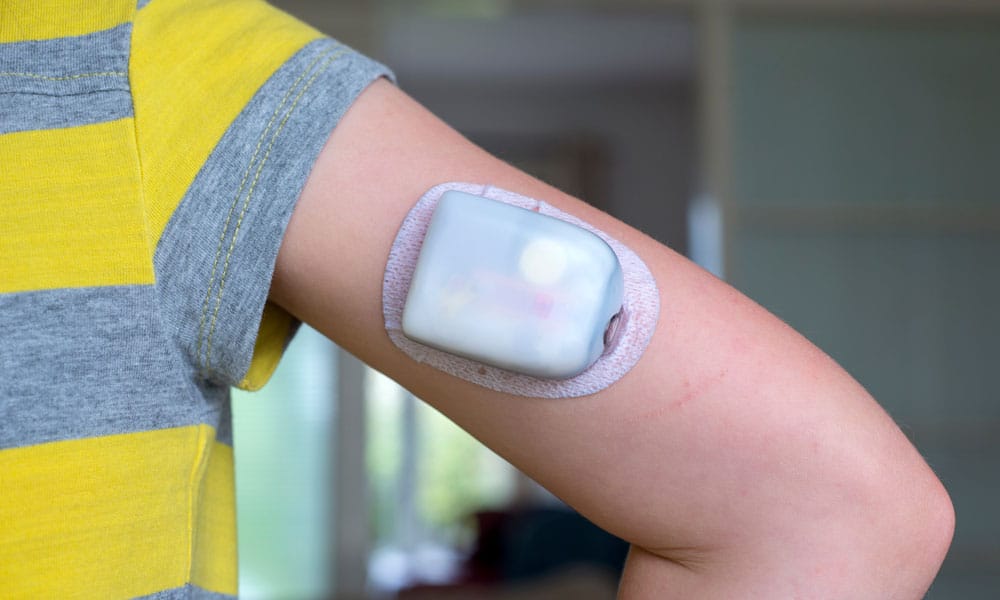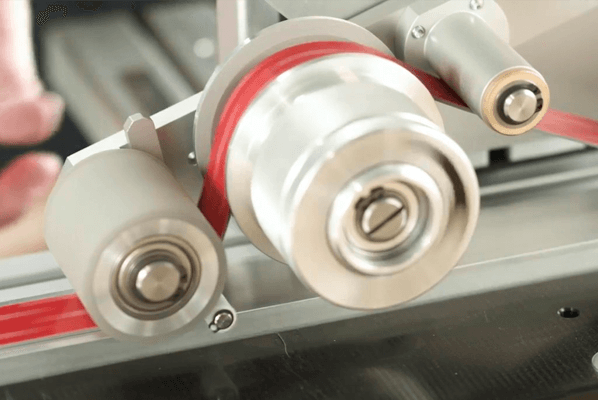Engineers know that bringing a new medical device to market is incredibly complex. Product performance, user comfort and regulatory concerns all need to be accounted for during product development. The adhesive solution you use will also impact all of these areas. So, you’ll need to consult with adhesives experts and choose carefully. To arm you with the information you need to speed up the development process, let’s explore some of the most common adhesive tapes used for medical device manufacturing.
Solvent-based adhesive tapes
Solvent-based adhesives are created using a combination of a solvent and a polymer like acrylic or silicone. When paired with a substrate to form a solvent-based adhesive tape, these solutions can feature a range of bonding times to meet your specific application or manufacturing needs. Solvent-based tapes are also generally more resistant to heat and chemicals than water-based adhesive solutions.
Solvent-based adhesives typically contain volatile organic compounds (VOCs), which are regulated to various degrees by governments across the globe. This may mean you have less flexibility from a compliance standpoint if you choose to work with these types of adhesives. You will also have to consider the business case and which markets you plan to sell into during the product development process.
Some other features of solvent-based tapes include:
- Typically cost more to produce than water-based adhesive tapes
- Good at bonding to substrates that are contaminated with oil
- The best property retention of all PSAs in most conditions
- Gains bond strength when adhesive is fully cured (usually 72 hours after applying)
UV-cured tapes
As their name implies, UV-cured tapes use pressure-sensitive adhesives (PSAs) that have been cured under UV light to alter their properties. Engineers often choose these tapes for applications where high-temperature stability and solvent resistance is needed. These qualities make UV-cured tapes well-suited for stick-to-skin applications like transdermal patches where moisture from sweat or other bodily fluids may come into contact with the device.
There are different grades of UV-cured tape, and medical grade UV-cured tape is available that complies with Biocompatibility 10993 and other regulations. Some manufacturers choose to work with UV-cured tapes because they generally emit fewer VOCs, which makes it easier to meet regulatory guidelines and get products into market faster.
Some other features of UV-cured tapes include:
- UV curing at low temperatures is less harmful to heat-sensitive substrate materials
- Very resistant to solvents, moisture and high temperatures
- Reduced emissions of VOCs for an easier regulatory approval process
Water-based or emulsion-based adhesive tapes
Water-based adhesive tapes, sometimes referred to as emulsion-based tapes, are similar to solvent-based tapes, but use water to dissolve adhesive polymers instead of another solution. This can make them more economical while also avoiding some of the highly regulated chemicals that are associated with solvent-based adhesives. Because the adhesive polymers used in these types of tape are soluble in water, any medical device constructed using water-based tape will not provide good moisture resistance.
Water-based adhesives bond when the water in the formulation evaporates, leaving only the substrates bonded together. This is why they are often used with porous substrates and are typically better for short-term uses like hydrocolloids and ECG applications. Tapes made with acrylic or rubber-based emulsions will offer better balance between peel, shear and tack.
Some other features of water-based tapes include:
- Generally less expensive to produce than solvent-based tapes
- Less resistant to moisture
- More environmentally friendly
Choosing the right tape for your application
Adhesive selection is a critical part of medical device development because of the impact it can have on both the performance and manufacturing of your device. Consider working with an adhesives expert that can offer detailed insights on your various tape options. A tape converting partner like The Tape Lab can help speed the product development process and ensure the adhesives you select are on spec and ideally suited for your unique application.
Looking for assistance designing or developing your next medical device? Contact The Tape Lab to see how our tape converting services can help you create the ideal product for your application.


